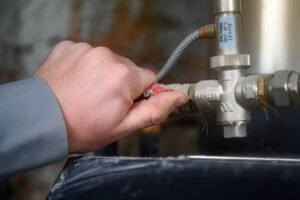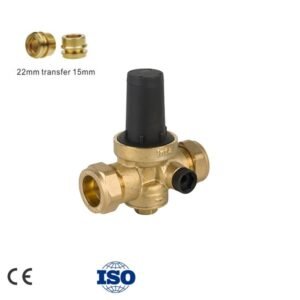I’m the CEO of Heape Valve, a Chinese factory with a focus on brass valves, and I’ve spent years mastering the art of international trade. We’re not just selling valves; we’re providing a guarantee of quality and reliability to markets across the globe, including Russia, Poland, and Australia.
In this guide, I’ll share crucial insights into what you should consider when purchasing valves from international suppliers, drawing from my extensive experience in ensuring our products meet the highest global standards.
For purchasing officers, wholesalers, and business owners like my customer Micheal, sourcing valves internationally is a complex task. It involves navigating various factors from quality standards to logistical challenges, each playing a vital role in the success of your procurement.
Why is Understanding International Standards Crucial in Valve Procurement?
When sourcing valves globally, the first step is ensuring they meet international quality standards, like EN1567. This is crucial for their reliability and safety in different operating environments. [Insert placeholder link for ‘International valve standards’]
How Can Logistics Impact Your Valve Purchases?
Efficient logistics are the backbone of international trade. Delays can disrupt supply chains, especially during critical sales periods. It’s essential to partner with suppliers who have a proven track record in timely and reliable deliveries. [Insert placeholder link for ‘Valve shipping and logistics’]
- Compliance with Product Standards: Each country has its standards for plumbing materials. Ensure your valves are compliant to avoid legal complications and ensure optimal functionality. [Insert placeholder link for ‘Valve compliance standards’]
- Supplier Reliability Assessment: The reliability of your supplier is crucial. Look for those with a consistent history of quality and timely deliveries.
- Material and Design Importance: The valve’s material and design are key to its performance. For instance, brass offers durability and resistance to corrosion, making it an ideal choice for long-term applications.
- Balancing Cost and Quality: Finding the right balance between cost and quality is essential. Opt for value over cheap alternatives that might fail prematurely.
- Shipping and Delivery Planning: Include shipping times and logistics in your planning. This ensures that you receive your products on time, keeping your supply chain uninterrupted.
- Navigating Import Taxes and Duties: Import taxes and duties can significantly affect your cost. Be aware of these when calculating your total investment. [Insert placeholder link for ‘Import duties on valves’]
- Supplier Relationship Building: A strong relationship with your supplier can lead to better service, pricing, and supply reliability.
- Staying Informed on Market Trends: Keeping up with market trends and technological developments in valve manufacturing is crucial for selecting in-demand products.
- Securing After-Sales Support: Ensure your supplier provides strong after-sales support, crucial for technical products like valves.
- Reviewing Supplier References: Always check a supplier’s references and reviews to gauge their reliability and product quality.
What Legal Aspects Should You Consider in International Purchases?
Adhering to international trade laws and regulations is a must. This includes understanding the export-import laws in both the supplier’s and your country. [Insert placeholder link for ‘International valve trade laws’]
How Does Technology Enhance International Valve Purchasing?
Embracing technology, such as online sourcing platforms, can make the procurement process more efficient and broaden your supplier network. [Insert placeholder link for ‘Tech in valve procurement’]
Conclusion
Drawing from my journey with Heape Valve, I can say that successful international valve purchasing is about thorough research, understanding market needs, and building relationships with trustworthy suppliers. Keep these points in mind to navigate international trade effectively and make valuable additions to your business.






